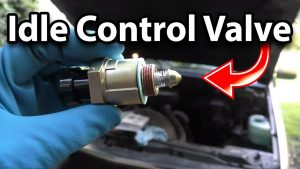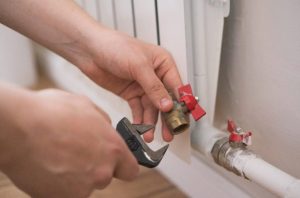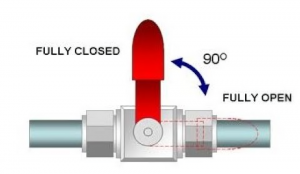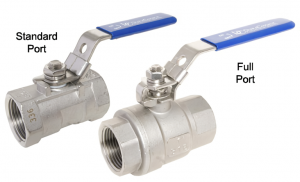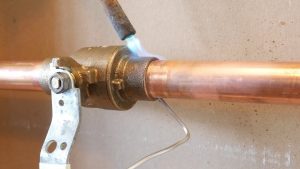1. The Gate Valve:
Conditions are that the rated water working pressure shall be above 175 PSI and that the body and bonnet shall be of cast bronze alloy as per the ASTM standard with a structure of threaded connection. Available valves are the gate valve and the high stem gate valve. Conditions are that the rated water working pressure is no less than 300 PSI and that the bonnet and body shall be made of cast iron alloy as per B standard with a structure of flange connection, of which the flanges shall be 250 or 300 pound.
2. The Ball Valve:
Conditions are that the rated water working pressure shall be above 175 PSI, that it has a teflon seat and climate independent gear actuators, that it is applicable for indoor / outdoor use and that it has a structure of threaded or slotted connection with rising position indicators and two built-in monitoring switches. Available standard port valves are ball valves (with threaded connections) , ball valves (with slotted connections), which are pipe control valves of DN65 or above and in accordance with valve and fitting manufacturer’s standard.
3. The Block / Angle Valves:
Conditions are that the rated water working pressure is no less than 175 PSI and that the valve should be provided with rubber seat disc and thread-ended connections.
4. The Check Valve:
Conditions are that the rated water working pressure is no less than 175 PSI, that the valve is furnished with the rubber seat disc and thread ended connections that the valve should be Y-shaped and horizontal swing and that it shall comply with the MSS standards. Available valves are KT-403-W check valves. These check valves should be rated for no less than 175 PSI with bronze internals and rubber-metal seats.
5. The Butterfly Valve:
Conditions are that the rated water pressure should not be less than 175 PSI, that the valve is climate independent with indoors and outdoors use and that it has a hand-gear actuator, a bulged position indicator and two built-in monitoring switches.






